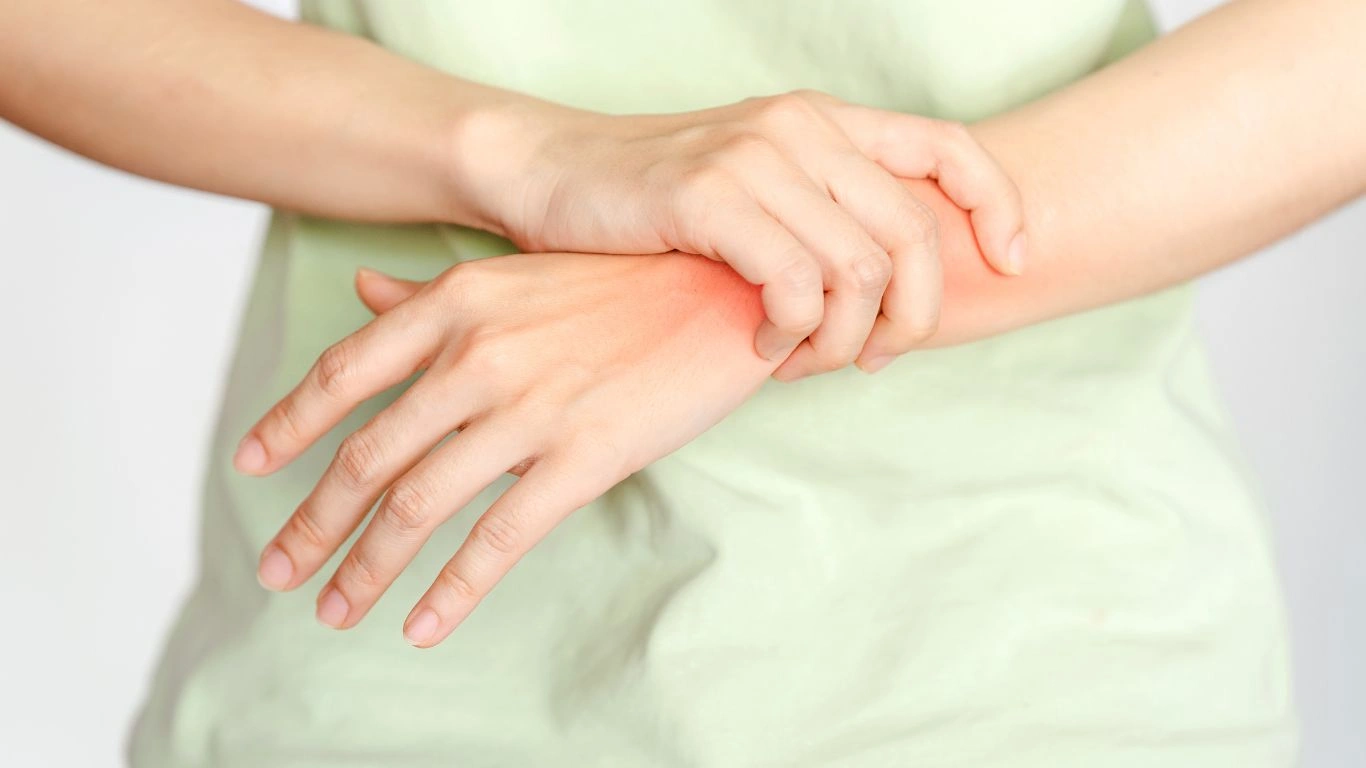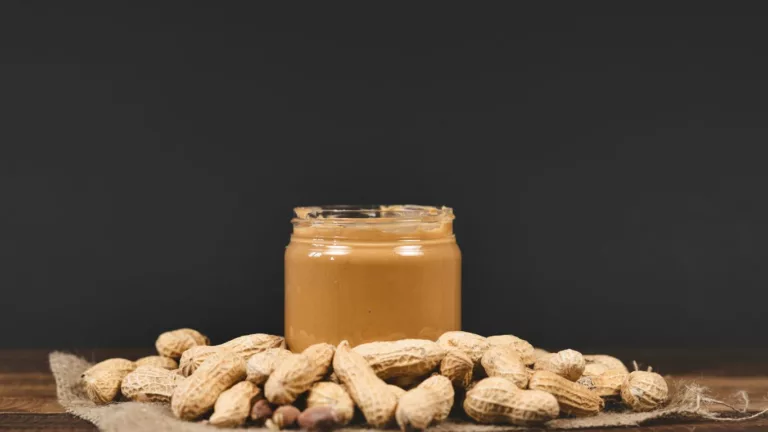How to Relieve Joint Pain Naturally with Rheumatoid Arthritis for Relief
Rheumatoid arthritis (RA) is a condition that affects millions of people worldwide, causing chronic pain, stiffness, and swelling in the joints. If you’ve been living with RA, you know that finding relief can sometimes feel like an uphill battle. Many people, including myself as a Rheumatology Nurse Practitioner, are often seeking natural methods to manage their symptoms, and it’s not always about the medications. So, how can we relieve joint pain naturally with rheumatoid arthritis? Well, there’s good news. In this article, we’ll explore several natural approaches to help manage RA symptoms, giving you some much-needed relief. I’ve seen patients over the years try and benefit from various lifestyle changes and holistic methods, and I can tell you firsthand—these options can really make a difference!
Understanding Rheumatoid Arthritis: A Brief Overview

Before diving into the ways to relieve joint pain naturally, it’s important to get a brief overview of what RA actually is. RA is an autoimmune condition where the immune system mistakenly attacks the synovium—the lining of the joints. This leads to inflammation, pain, and in some cases, joint deformities. While RA can affect any joint in the body, it’s most commonly seen in the wrists, knees, and fingers. The inflammation can make everyday activities painful and sometimes even impossible, which is why finding effective solutions is key.
How Diet Plays a Role in Joint Health
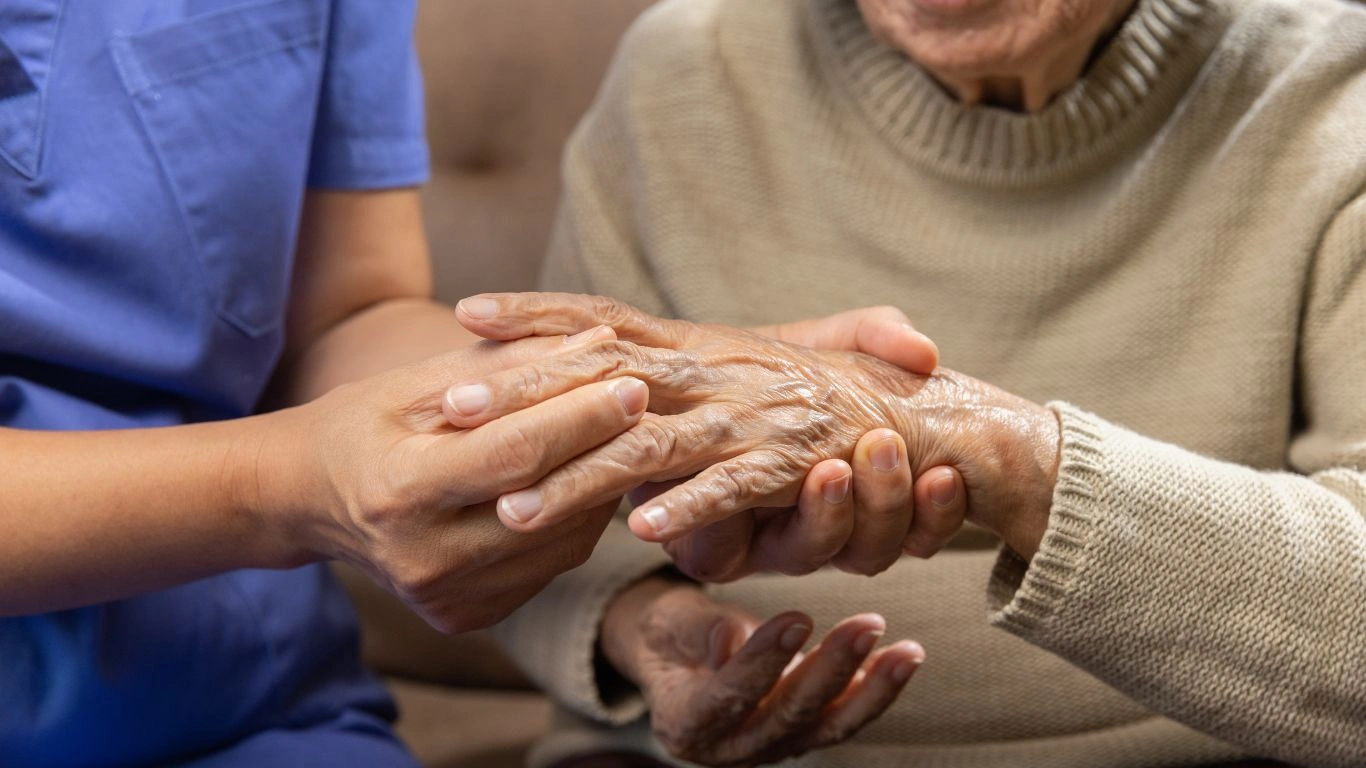
When managing RA, what you eat matters. I’ve had patients come into my practice skeptical about diet’s impact on their RA symptoms, but over time, many of them have found that simple dietary changes can make a world of difference. Certain foods have anti-inflammatory properties, while others can actually trigger inflammation. By adjusting your diet to support joint health, you can help reduce overall pain and discomfort.
Anti-Inflammatory Foods That Help Relieve Joint Pain
- Omega-3 fatty acids: Found in fatty fish like salmon, flaxseeds, and walnuts, omega-3s are known for their powerful anti-inflammatory effects. Including more of these foods in your diet may help reduce the inflammation associated with RA.
- Leafy greens: Vegetables like spinach, kale, and collard greens are rich in antioxidants and vitamins that support joint health. They’re also packed with fiber, which can help reduce systemic inflammation.
- Turmeric: This spice is often hailed for its anti-inflammatory benefits. Its active compound, curcumin, has been shown in studies to reduce RA symptoms, so adding turmeric to your meals can be an easy and flavorful way to manage pain.
- Ginger: Like turmeric, ginger has natural anti-inflammatory properties. You can enjoy it in tea or add it to your meals for both flavor and health benefits.
Foods to Avoid to Reduce Inflammation
Just as some foods can help reduce inflammation, others can worsen it. Here are a few foods that many RA patients find make their symptoms worse:
- Processed foods: Foods high in sugar, refined carbs, and unhealthy fats can increase inflammation in the body. Fast food, sugary snacks, and certain baked goods should be consumed sparingly.
- Red meat: While not necessarily bad in moderation, red meat can promote inflammation when eaten excessively. Opt for lean proteins like chicken or plant-based proteins when possible.
- Nightshade vegetables: Some people with RA find that tomatoes, eggplants, peppers, and potatoes can exacerbate symptoms, though this is highly individual.
Exercise and Physical Activity: A Natural Remedy for Joint Pain
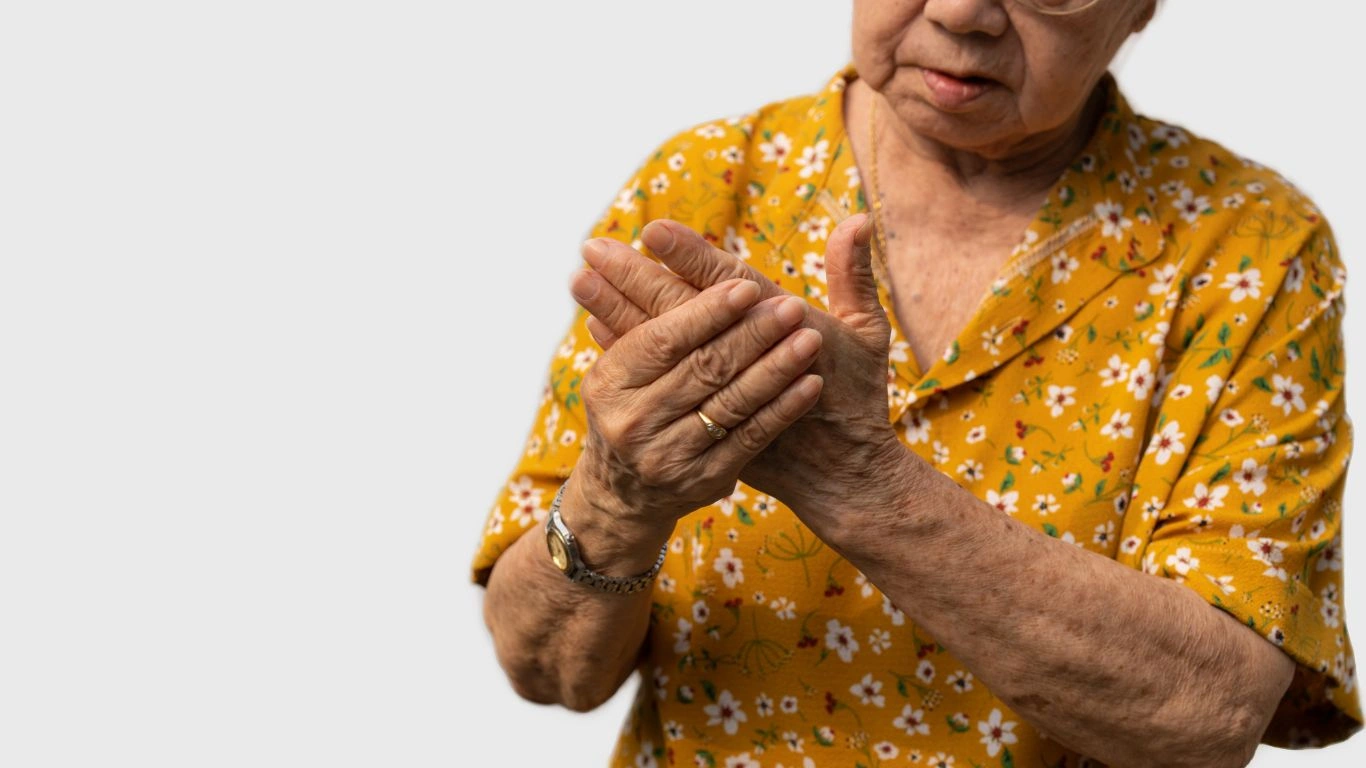
As much as it may feel counterintuitive to move your joints when they’re in pain, gentle exercise can actually help reduce stiffness and improve flexibility. It’s a vital part of managing rheumatoid arthritis naturally. In my years of working with RA patients, I’ve found that staying active not only helps with joint mobility but also promotes a sense of well-being and mental health, which can be just as important when dealing with chronic pain.
Low-Impact Exercises for RA Relief
If you’re new to exercising with RA or worried about causing more pain, don’t worry—there are plenty of low-impact exercises that can help. Here are some of the best options:
- Swimming and water aerobics: The buoyancy of water supports your body and reduces the stress on your joints. Swimming is especially beneficial because it gives your joints a full range of motion while keeping them protected from high-impact forces.
- Yoga: Yoga is excellent for improving flexibility and reducing stress, which can play a role in alleviating pain. Many people with RA find that yoga helps them maintain strength and mobility without putting too much pressure on their joints.
- Walking: Walking is a simple yet effective exercise that improves circulation and reduces stiffness. If you’re just starting out, aim for short walks, and gradually increase the distance as your joints become more accustomed to movement.
The Importance of Stretching
Stretching is another crucial aspect of managing RA symptoms. By gently stretching your muscles and joints, you can improve flexibility and reduce the risk of stiffness. Just a few minutes of stretching every day can make a significant difference in how your joints feel. I always encourage patients to incorporate stretching into their daily routine, particularly in the morning, to start the day off with less stiffness.
Mind-Body Practices for Managing RA Symptoms Naturally
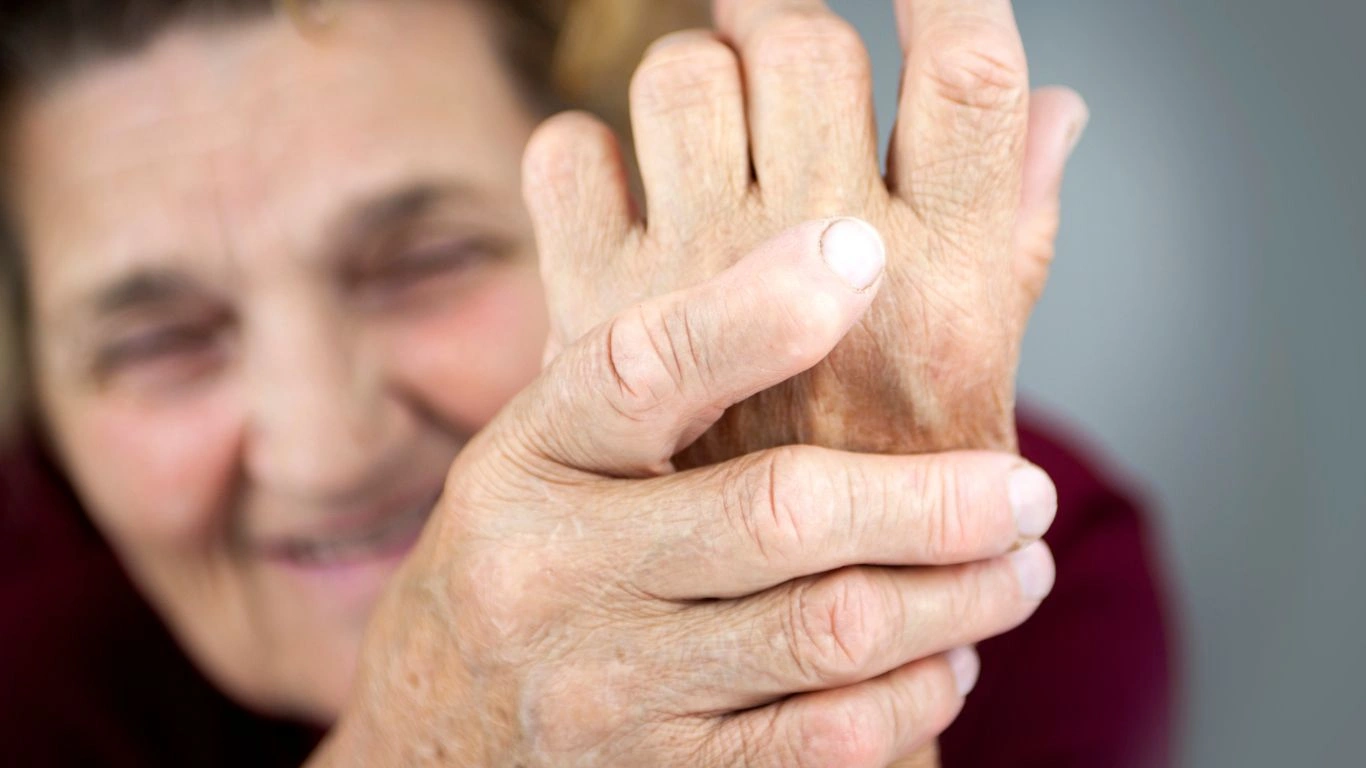
We’ve already talked about diet and exercise, but sometimes, managing rheumatoid arthritis is just as much about your mindset as it is about what you’re eating or how much you’re moving. Over the years, I’ve seen countless patients find significant relief through mind-body practices. I’m talking about methods like meditation, deep breathing, and mindfulness, which not only help with pain but can also improve your overall quality of life.
Meditation and Stress Reduction
If you’re dealing with RA, you’re probably no stranger to stress. The constant pain, flare-ups, and limitations can really take a toll on your mental health. Stress, in turn, can exacerbate inflammation in the body, creating a vicious cycle that’s hard to break. But here’s the thing: stress reduction techniques like meditation can actually help reduce that inflammation.
In my practice, I’ve seen patients who incorporate daily meditation into their routine report a reduction in pain levels. Whether it’s a few minutes of guided meditation or simply focusing on deep, calming breaths, meditation can help lower cortisol (the stress hormone), which has a direct impact on reducing inflammation. Even just 5–10 minutes a day can make a huge difference!
Mindfulness and Pain Management
Mindfulness is another practice that has gained a lot of attention in recent years, and for good reason. It’s all about being present in the moment and accepting your feelings without judgment. For someone living with RA, mindfulness can be incredibly effective because it teaches you to acknowledge pain without letting it control your thoughts and emotions. It’s about understanding that pain doesn’t define you.
Practicing mindfulness can help you shift from a place of resistance to a place of acceptance. And trust me, when you’re not fighting the pain mentally, it can be easier to cope with it physically. Techniques like mindful breathing, body scans, or even mindful walking can help you stay grounded, even on tough days.
Herbal and Natural Supplements for Joint Pain Relief
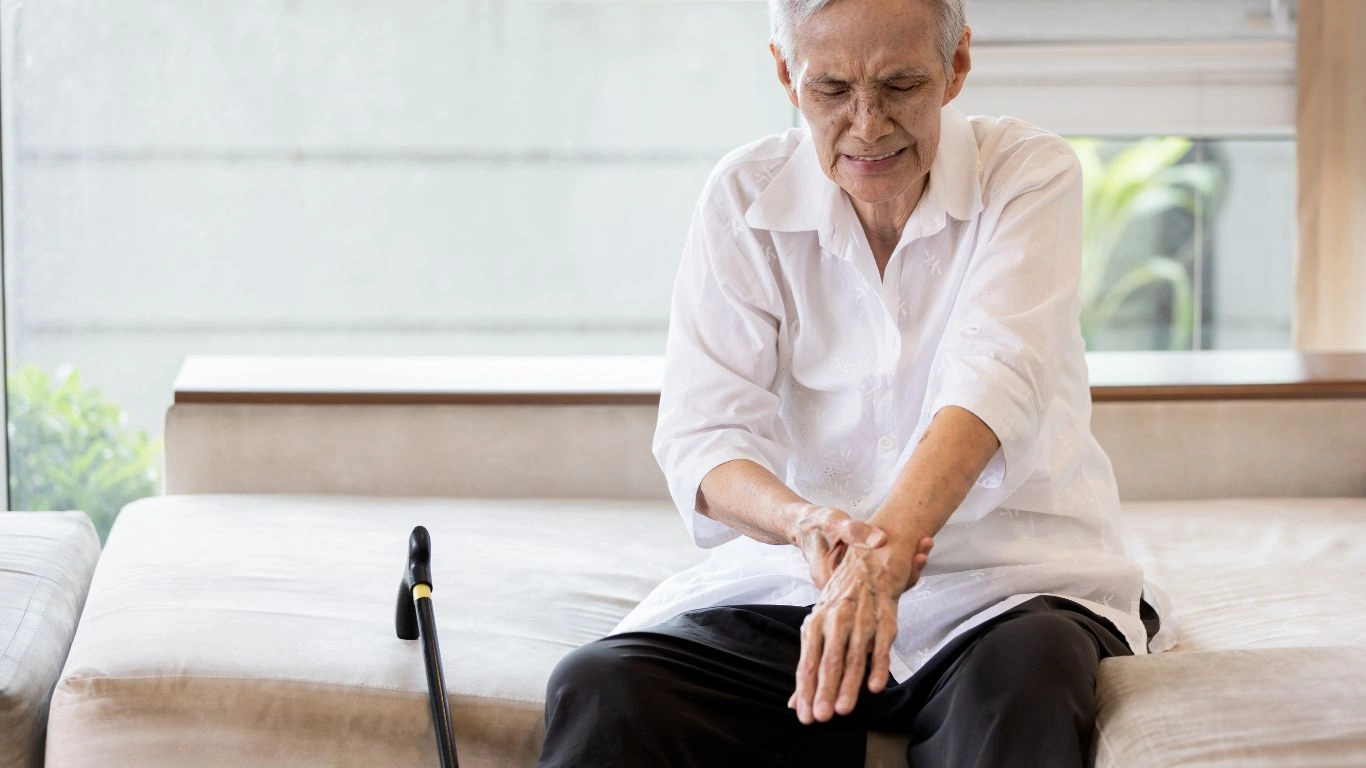
If you’re someone who prefers to go the natural route, you might be interested in incorporating herbal remedies and supplements into your RA management routine. I’ve personally worked with many patients who’ve found relief through certain herbs and supplements, but it’s always important to approach these with caution. Some herbs may interact with medications, so always check with your doctor first before adding any new supplements to your regimen.
Top Herbal Supplements for Rheumatoid Arthritis
- Turmeric (Curcumin): This isn’t just something to sprinkle on your food—it’s a powerhouse when it comes to fighting inflammation. As I mentioned earlier, curcumin, the active compound in turmeric, has been shown to have significant anti-inflammatory effects. Taking turmeric supplements or incorporating turmeric into your diet regularly can help reduce RA flare-ups.
- Ginger: Ginger has long been used for its medicinal properties, and for good reason. It’s known for reducing pain and inflammation. Whether you’re sipping on ginger tea or taking ginger capsules, it’s a natural way to calm joint discomfort.
- Boswellia: Also known as frankincense, boswellia is a resin that has been shown in studies to help reduce pain and inflammation associated with arthritis. It’s available in supplement form and may offer a natural alternative for RA pain relief.
- Devil’s Claw: Native to southern Africa, Devil’s Claw has been used for centuries to treat pain and inflammation. Some studies suggest that it may reduce pain in people with RA, though more research is needed to confirm its effectiveness.
Fish Oil for Joint Health
Fish oil is another supplement you may want to consider. It’s rich in omega-3 fatty acids, which, as we’ve already discussed, can help reduce inflammation in the body. I’ve had patients who swear by fish oil, especially when it comes to easing joint stiffness and improving overall mobility. But again, always talk to your healthcare provider before starting a new supplement to make sure it’s right for you.
Alternative Therapies: Acupuncture and Massage

Sometimes, traditional medicine isn’t the only answer. Alternative therapies, like acupuncture and massage, can be incredibly helpful for managing RA symptoms. I’ve seen many patients who have benefited from these therapies, especially when combined with other natural approaches like diet and exercise.
Acupuncture for Pain Relief
Acupuncture has been used for thousands of years to treat pain and promote healing. The theory behind acupuncture is that it stimulates specific points on the body to balance energy flow, which in turn can reduce pain and inflammation. While there’s still some debate about how acupuncture works, many RA patients I’ve worked with have found it helpful for managing their pain and stiffness.
Acupuncture may be particularly beneficial for those who have not found sufficient relief with medication or those who want to avoid heavy reliance on painkillers. It can help alleviate pain and improve joint function, especially when done regularly. Of course, it’s essential to find a licensed and experienced acupuncturist to ensure the best results.
Massage Therapy: Relaxation and Relief
Massage therapy can also be a game-changer for RA patients. It not only helps to relieve muscle tension and improve blood circulation but also promotes relaxation, which can reduce stress and inflammation. Whether you prefer a gentle Swedish massage or a deeper tissue massage, regular sessions can help reduce joint stiffness, soothe pain, and improve overall mobility.
Incorporating massage therapy into your routine can be a great complement to your RA management plan. I’ve seen patients who make it a part of their monthly self-care regimen and find that it helps them feel more relaxed and less stiff overall.
How Lifestyle Modifications Can Improve Your RA Journey

Now that we’ve explored the power of diet, exercise, mind-body techniques, and supplements, let’s talk about some other lifestyle changes that can make a big difference when it comes to managing rheumatoid arthritis (RA). It’s not just about treating the symptoms—it’s about making small adjustments to your daily routine that can help you live a fuller, less painful life. Over the years, I’ve worked with many patients who’ve found that lifestyle changes, in combination with the methods mentioned above, can significantly improve their quality of life.
Getting Enough Rest: The Unsung Hero
It may seem counterintuitive, especially when you’re trying to stay active and keep moving, but getting enough rest is one of the most important things you can do for your joints. When your body is dealing with inflammation, it needs time to recover. In my practice, I’ve seen how poor sleep or inadequate rest can contribute to flare-ups and increased pain. So, don’t underestimate the power of a good night’s sleep!
Make sleep a priority. The average adult should aim for 7–9 hours of sleep per night. If you find it hard to sleep because of joint pain or stiffness, there are a few things you can do to improve your rest:
- Create a calming bedtime routine: A warm bath, reading a book, or listening to soothing music can help prepare your body and mind for sleep.
- Use supportive pillows: The right pillows can help keep your body in a comfortable position, reducing pressure on your joints while you sleep.
- Optimize your sleep environment: Keep your bedroom cool, dark, and quiet. Consider using a white noise machine if outside noises disrupt your sleep.
Sometimes, making simple adjustments like these can help you get the deep, restorative sleep your body needs to heal.
Stress Management: Protecting Your Body from the Inside Out
If you’ve been living with RA for a while, you probably know that stress can be a major trigger for flare-ups. The tension that builds up in your body, whether from emotional stress, work pressure, or personal challenges, can contribute to more pain and inflammation. I’ve found that people who incorporate stress-reducing practices into their daily lives often have better control over their RA symptoms.
While we’ve already touched on meditation and mindfulness, there are other ways to manage stress that can make a big difference:
- Mindful breathing exercises: Taking just 5 minutes to focus on your breath can reduce anxiety and help relax your muscles, easing tension in your joints.
- Journaling: Writing down your thoughts can be a great way to release pent-up emotions and clear your mind before bedtime.
- Spending time in nature: Taking a walk outside or spending time in a park can help lower cortisol levels and calm your mind.
Dealing with RA can be challenging, but finding healthy ways to manage stress is key to reducing its impact on your body. By focusing on stress management techniques, you’re not only supporting your mental health but also protecting your joints from further damage.
The Role of Support Systems in RA Management

One thing I always emphasize to my patients is the importance of having a solid support system. It’s easy to feel isolated when you’re dealing with a chronic condition like rheumatoid arthritis, but having friends, family, or even online communities that understand what you’re going through can make a world of difference. I’ve seen firsthand how much emotional support can help people feel more empowered in their journey with RA.
Building Your Support System
Whether it’s a loved one who helps with daily tasks during flare-ups, a local RA support group, or an online community where you can share experiences, having people around you who understand your struggles can provide immense relief. Here are a few ideas on how to build a supportive network:
- Communicate with family and friends: Let those close to you know what you’re going through. They may not always understand RA, but open communication can lead to greater empathy and support.
- Join support groups: There are numerous in-person and online RA support groups where you can connect with others who truly understand the ups and downs of living with RA.
- Seek professional support: A counselor or therapist who specializes in chronic illness can help you manage the emotional challenges of RA and provide coping strategies.
Having the right support system not only provides emotional relief but can also help you stay on track with your natural management strategies, offering encouragement during difficult times.
References and Resources
Throughout this article, we’ve explored several natural strategies for relieving joint pain and managing rheumatoid arthritis. If you’re looking for more in-depth information or want to dive deeper into any of the topics covered, here are a few trusted resources you can explore:
- National Institutes of Health (NIH): For up-to-date research on rheumatoid arthritis and related treatments.
- Health.com: A trusted source for health advice, tips, and news.
- Arthritis Foundation: A great resource for those living with arthritis, offering educational materials, support, and treatment information.
Disclaimer
Please note that the information provided in this article is for informational purposes only and is not intended as medical advice. Always consult your healthcare provider before starting any new treatments or making changes to your diet or lifestyle. Each person’s experience with rheumatoid arthritis is unique, and what works for one individual may not work for another.

Tarra Nugroho is a dedicated Nurse Practitioner with a strong foundation in family and preventive care. She brings both compassion and clinical expertise to her practice, focusing on patient-centered care and health education. As a contributor to Healthusias.com, Tarra translates medical knowledge into clear, empowering articles on topics like women’s health, chronic disease management, and lifestyle medicine. Her mission is simple: help people feel seen, heard, and informed—both in the clinic and through the content she creates. When she’s not caring for patients, Tarra enjoys weekend hikes, plant-based cooking, and curling up with a good health podcast.
